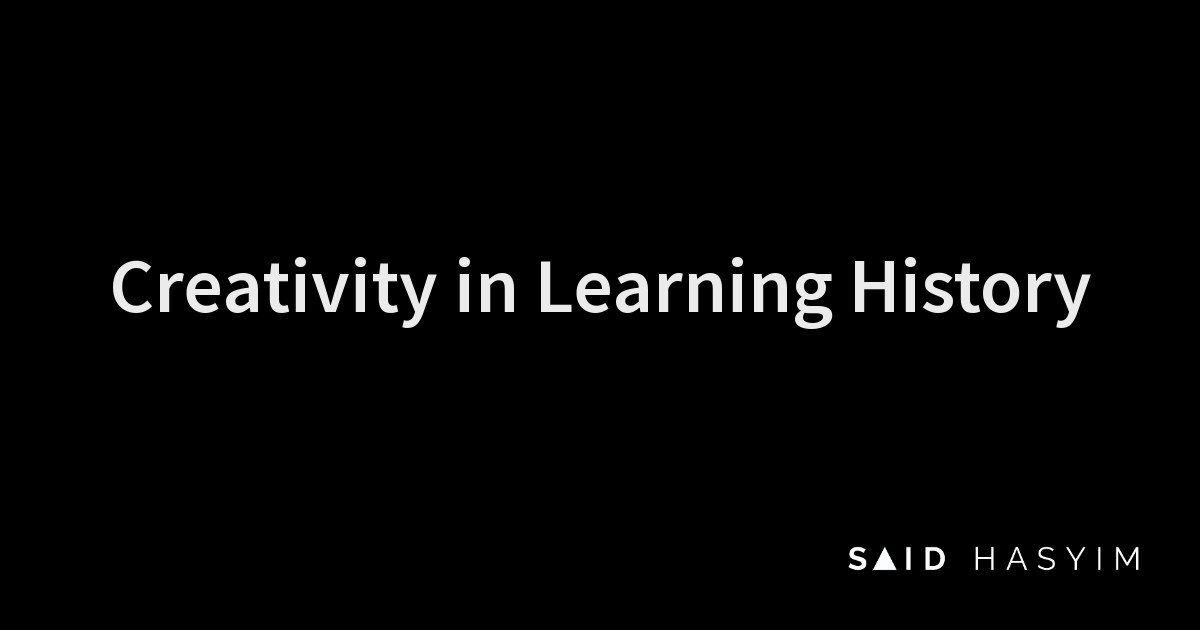Creativity in Learning History

History is the window into the past, offering invaluable insights into past societies and culture. Human has been in a continuous pursuit of understanding the past. Though often regarded as an objective pursuit, learning about the past requires large amount of creativity—the ability to discern what was possible and make sense of disparate facts in myriad ways.
First, it is incorrect to suggest that history is purely objective and not subject to varying interpretations. For example, some insist that baseball has its root in America, while others contend that it originated in England. Further, there is a speculation that a giant American sports company, spun this tale for marketing purpose. This anecdote exemplifies the inherent fluidity of historical account that can be foretold in different versions.
Second, creativity allows us to create and analyze a viewpoint of the past. For instance, Congolese may tell us a narrative concerning a vengeful spirit inhabiting a young child. Even though its recording evidence may be convincing, it is impossible to establish the veracity of the story without medical analysis.
Finally, historians may use their ideas to fill in the gaps of incomplete stories. For instance, during the Han dynasty, historians mentioned that Zhuge Liang, the celebrated advisor to the ruler, was able to summon wind to gain a triumph in a battle. While the story remains contentious, two plausible explanations were proposed. One, it could be fabricated to reinforce the dynasty reputation in China. Two, it could be aggrandized by people who revered the advisor as a heroic figure.
Another example, archaeologists needed to exercise some creativity to investigate when our ancient foragers started catching fish and how much they ate because fish bones decay quickly; there was no sufficient trace to draw a firm conclusion.
In summary, collection of facts is not enough to paint the full picture of the past. It is only through creativity that we can come close to grasping the clear image of the past.

Start the conversation